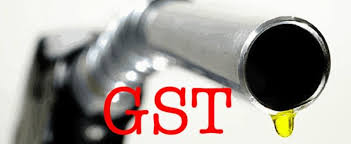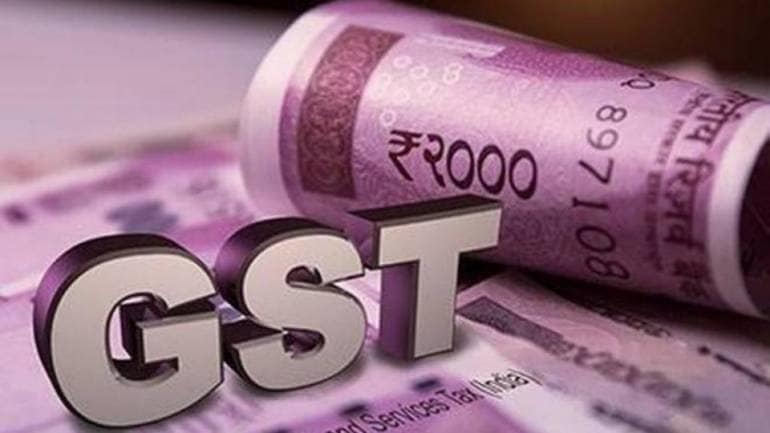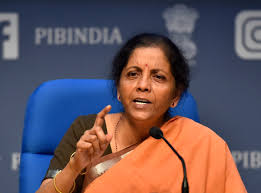Besides getting a 50% share in the GST on petrol and diesel, the states could also benefit from higher devolution, as the Centre’s 50% revenue from the fuels will also be part of divisible pool, against under 6% now.
Amid a raging row over the hefty taxes on petrol and diesel, NITI Aayog is learnt to have proposed a formula whereby the two motor fuels and electricity could be brought under the goods and services tax (GST) in one go, without causing much Centre-state tussle. According to the think-tank’s formula, the Centre would compensate the states for potential revenue losses on account of shifting electricity – which is currently being taxed by the states exclusively – to GST for about six years.
Recently, NITI Aayog held a discussion on transition of energy products into the GST regime with economists and industry experts where it floated these ideas, according to sources.
Given that the Centre will require to make a bigger revenue sacrifice than the states for the plan because of its current very high tax rates on petrol and diesel, the compensation offer could be used as a bargaining tool for securing the states’ consent for the plan, NITI Aayog feels.
Many states are unhappy with the GST system as it hasn’t yielded the promised revenue productivity, though experts attribute this to flawed structure of the tax and the cuts in tax rates. These states lament the proven inadequacy of the compensation mechanism for their revenue loss. States in general are also apprehending a revenue shock once the compensation period expires in June 2022, and are demanding an extension of the mechanism.
The idea of bringing energy under GST could likely be resisted by states, as they fear further loss of their fiscal autonomy as a result. It’s also doubtful whether the Centre would buy the think-tank’s formula, given that it may involve considerable revenue loss to it, at the start of the new regime.
Under the current tax structure, the Centre and states collect taxes on the two motor fuels in the ratio of 6:4. Besides getting a 50% share in the GST on petrol and diesel, the states could also benefit from higher devolution, as the Centre’s 50% revenue from the fuels will also be part of divisible pool, against under 6% now.
The NITI Aayog is of the view that given a seamless input tax credit mechanism to be facilitated under GST, the industry’s post-tax profitability could increase, and result in substantial incremental growth in the government’s direct tax receipts.
Of course, the Centre’s revenue could see a decline at the start of the proposed regime, as it will be difficult to levy a revenue-neutral GST rate on petrol and diesel under GST. The RNR is seen to be very high, given the current excise duty structure.
So, the Centre could favour keeping petrol and diesel at the highest slab of 28%, levy a cess at the rate of 50% or more to compensate states for inclusion of electricity duty in GST and also cover part of its losses due to transition of the fuels into GST, according to the think-tank. Compensation to states on account of losses on electricity duty might be brought down by 20% in each year. As the compensation gradually goes down, the Centre would appropriate a higher proportion of the cess proceeds.
Taking FY19 as the base year (before central excise duty more than doubled), it estimated that revenue neutral rate (Centre + states) for diesel, which is widely used for commercial activities, to be 247% including ITC. Given that taxes on diesel has substantially increased after FY19 (Centre’s excise duty alone has increased 130% from Rs 13.83/litre in FY19 to Rs 31.80/litre in FY21), the RNR now will be even substantially higher than 247%.
Without input tax credit, the tax rate on diesel (Centre + states) were an average of 90% (of tax base) in FY19, and is 107% in Delhi as on date. The Centre collected Rs 3.35 lakh crore from petrol and diesel in taxes in FY21, while the states collected Rs 2.03 lakh crore. The Centre’s taxes on petrol and diesel helped it garner Rs 94,181 crore in Q1FY22. Given that the fuel consumption rises in the second half of a year, the FY22 receipts from petrol and diesel could be around Rs 4 lakh crore compared with the FY22 budget estimate of Rs 3.1 lakh crore.
The average tax rate on electricity is about 7.5% (the duty varies from 0 to 25% among states) and the RNR for it works out to be 16.6% (FY19). If it is put under 18% GST slab, the think-tank estimates losses to the tune of Rs 20,873 crore to states annually (Rs 1.6 lakh crore in six years), after factoring in ITC and the Centre’s share. However, if the Centre compensates states from cess receipts, the states will gain a net Rs 19,206 crore in six years, which could rise to Rs 23,268 crore, during the six-year period post-devolution. The states collected about Rs 45,000 crore as electricity duties in FY19.
As per Article 279A (5) of the Constitution, the Goods and Services Tax Council shall recommend the date on which GST shall be levied on all excluded products, ie, petroleum crude, high-speed diesel, motor spirit (petrol), natural gas and aviation turbine fuel.
Source: financialexpress.com
***
Follow us for free tax updates : facebook Twitter
Subscribe to our portal and get FREE Tax e-books, quality articles and updates on your e-mail.
Resolve your GST queries from national level experts on GST free of cost.
TW Editorial Team comprises of team of experienced Chartered Accountants and Advocates devoted to spread the knowledge of GST amongst the various stakeholders.



